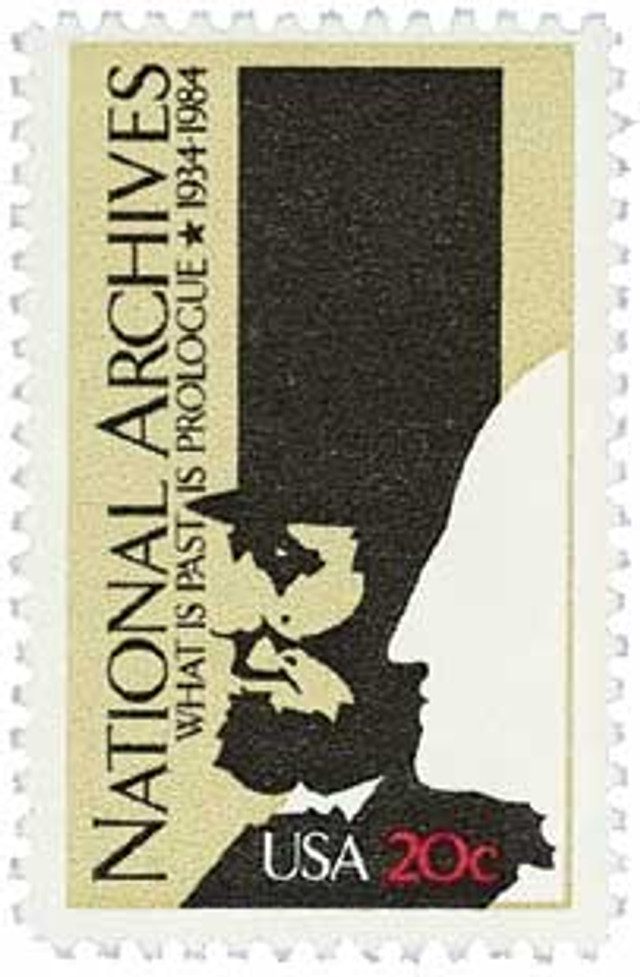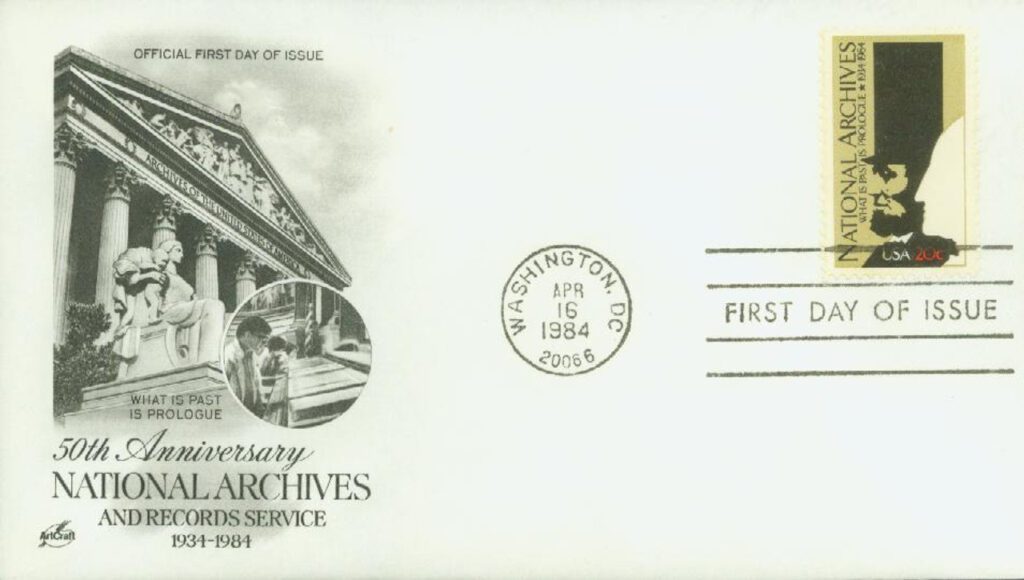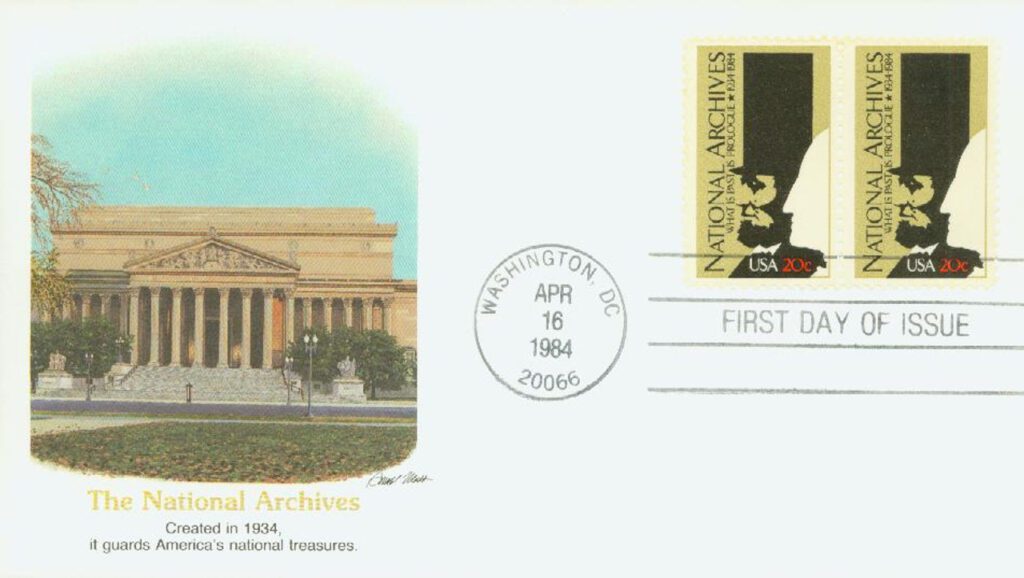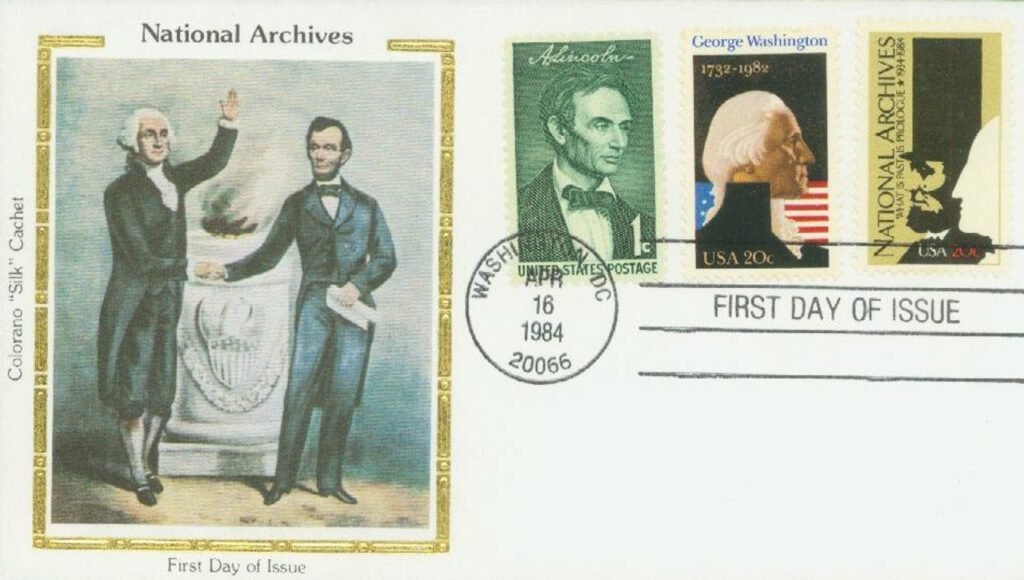On June 19, 1934, President Franklin Roosevelt signed legislation creating the National Archives.
For many decades beforehand, Congress had debated the idea of a national archive to house America’s most important records. Over the years, fires, mishandling, poor storage, or other events had destroyed many old records.
Over time, the State Department unofficially became the home of the national archives, protecting important documents such as the Declaration of Independence and the Constitution. The late 1800s saw an increase in the number of archivists and historians, who began calling for a national archive. Founded in 1884, the American Historical Association frequently discussed the need for a national archive. Brown University Professor J. Franklin Jameson was one of the driving forces behind the idea. He suggested a program to collect and publish historic US documents.
In 1898, Congress received a recommendation for a hall of records, but no action was taken. When the Guide to the Archives of the Government of the United States was published in 1904, it helped gain some support, but still no action. Then in 1921, a fire broke out in the Commerce Department, destroying the census records of 1890. This raised concerns for many over the safety of America’s historic documents, and many began calling for the proper protection of America’s records.
In 1926, Congress approved the funding to construct a building to house these records, located between the Capitol and the White House. However, even after construction started in 1931, Congress had yet to pass legislation to create an agency to protect the documents held within.
President Franklin Roosevelt had recognized the importance of a national archive, but as America was struggling through the Depression, it wasn’t one of his highest priorities early on in his administration. He eventually tasked his advisor with helping get the archives authorized in Congress. While there were some differences of opinion on the project, they approved the archives and Roosevelt signed it into law on June 19, 1934.
Roosevelt was personally involved in the National Archives early activities. He approved the expansion of the storage facilities – doubling them to hold not just historical records but operational records as well. The first staff members began working in the building in 1935, though construction wasn’t complete until 1938.
During World War II, some worried that the capital could become a target of enemy bombers, so thousands of records were moved to the archives, which became known as “Fort Archives.” The archives also contributed to the war effort. They had War Department records including detailed maps of Europe and the Pacific, which the military used to plan their offensives.

After the war, the archives were folded into the new General Services Administration (GSA), which managed government property and records. Many within the archives opposed this move, as it took some control away from the archives. They would function under the GSA for decades, before re-earning their independence on October 19, 1984. On that day, President Ronald Reagan signed legislation making the archives an independent agency, reporting only to the president. The archives also adopted its current name – the National Archives and Records Administration.

Today, the archives hold over 13 billion textual records, 10 million maps, charts, and engineer drawings, 44 million photographs, 563,000 motion picture reels, 992,000 video and sound recordings, and 1,323 terabytes of electronic data.
Visit the National Archives website.
Read the act that created the National Archives.
| FREE printable This Day in History album pages Download a PDF of today’s article. Get a binder or other supplies to create your This Day in History album. |
Discover what else happened on This Day in History.





What a treasure for our nation! My brother was able to trace back to the Revolutionary war and discover that our grandfather 10 generations back had served as a private in Washington’s army and present at the final battle! His discharge papers are in the archives.
Incredible article, as they all are. One of my uncles who was a Korean War
veteran and a pilot, had a relative; uncle perhaps, who fell at the Battle of Gettysburg. His time in the service is probably in the archives. I would LOVE to see the engineer drawings, not to mention the textual records. But of course, I would need to possess extreme patience and a VERY, VERY LONG life.
I have a cousin who works at the National Archives. She told me she wouldn’t give up that job for any amount of money.